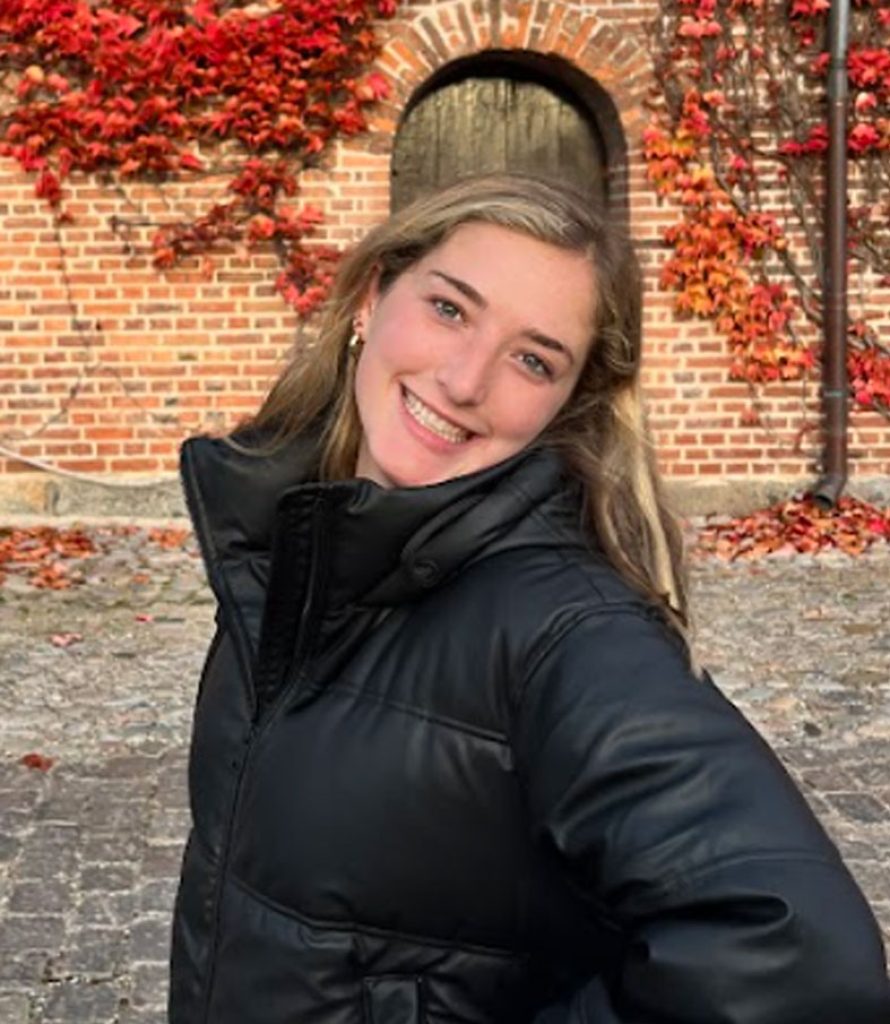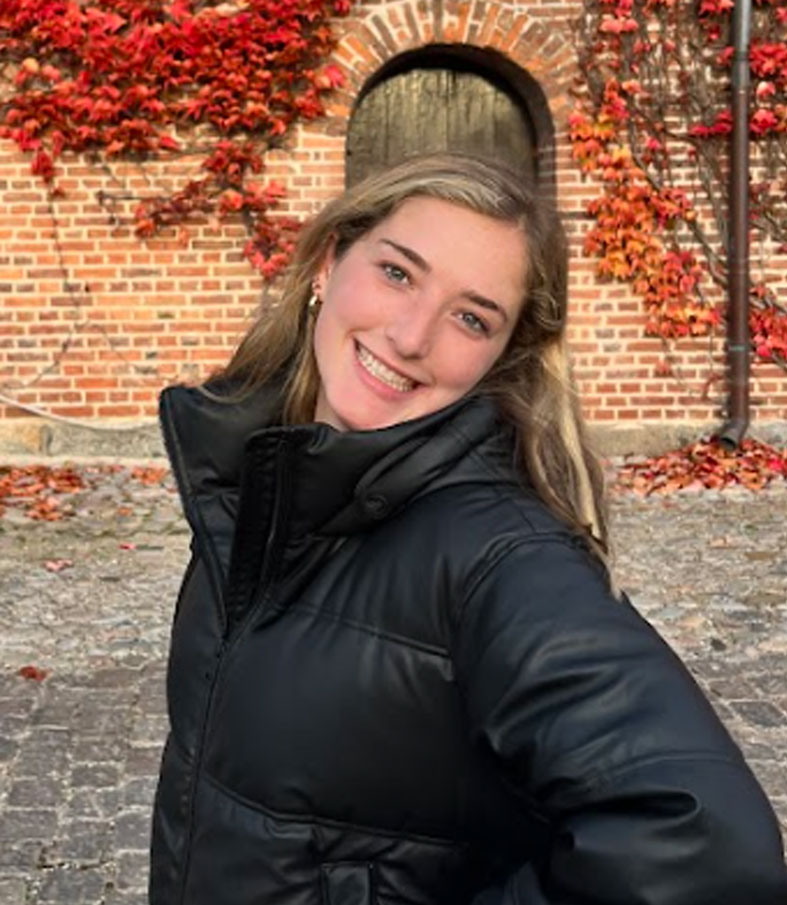If you suspect you have a sleep disorder, or you simply want answers about why you can’t get a good night’s rest at night, you may want to partake in a sleep study.
Medical professionals utilize these non-invasive sleep analysis tests to diagnose sleep disorders1 such as sleep apnea, narcolepsy, epilepsy, nocturnal panic attacks, sleepwalking, sleep paralysis, insomnia, and more. According to Chris McDermott, who is a Certified Life Planner and nurse practitioner, doctors often use sleep studies with patients who have hypertension, type 2 diabetes, or Alzheimer’s disease.
As you keep reading, we’ll cover what exactly a sleep study is, different types of sleep studies, and other logistics, so you can better understand this process.
What is a Sleep Study?
A sleep study is an exam that doctors use to diagnose people with sleep disorders. According to the Mayo Clinic2, a sleep study is non-invasive and “records your brain waves, the oxygen level in your blood, and your heart rate and breathing during sleep. It also measures eye and leg movements.” Sensors are attached to your body, and the test should be painless, though you may experience some slight skin irritation.
However, there are other types of sleep studies that don’t use sensors, which we’ll further discuss below. For instance, a CPAP titration study3 relies on a mask with airflow.
An advantage of participating in a sleep study is that you receive a “precise diagnosis and comprehensive information about your sleep patterns, brain activity, heart rate, breathing, and oxygen levels while you sleep”, says McDermott.
Typically, a sleep study is done at a sleep center or a hospital, but there are also sleep studies that can be done at home.
Types of Sleep Studies
- Polysomnography: Using sensors, this test monitors your sleep stages and cycles to see if there are irregularities or disruptions2. This is the most common sleep test used to diagnose sleep apnea.
- CPAP titration study: A CPAP titration study, is a way to test sleep apnea. A mask is placed over the mouth4 and nose during sleep, and it is connected to a machine that pumps air into the mask, working to control snoring and sleep apnea.
- Split study: A split study uses both a CPAP and the sensors from a polysomnography during one night3.
- Multiple sleep latency testing: A multiple sleep latency test assesses daytime sleepiness by seeing how quickly you fall asleep during the day, using electrodes to measure brain, muscle, eye, and heart activity3. The Washington University Sleep Medicine Center explains that the testing starts around 10:00 a.m. and lasts around seven hours, and that “patients are instructed to nap for about 20 minutes every two hours,” with five naps total3.
- Maintenance wakefulness testing: This type of testing is very similar to the multiple sleep latency test, as it assesses daytime sleepiness. However, instead of napping, the sleep technologist asks the patient to sit in bed and remain awake instead of sleeping3. This type of sleep test is a great tool for evaluating the alertness of people like truck drivers or pilots.
- Epilepsy monitoring: If potential seizures are suspected, medical professionals may place extra sensors on the scalp to track brain activity during a polysomnography or a multiple sleep latency test3.
- Pediatric sleep study: A pediatric sleep study is a polysomnography that is conducted on children. Children can be tested5 using sensors to monitor brain waves, heartbeats, eye movements, leg movements, breathing, and oxygen levels. Conducting a pediatric sleep study can help doctors analyze your child’s potential medical problems. These sensors used are non-invasive and are not harmful to children.
At-Home Sleep Study Versus In-Lab Sleep Studies
While sleep studies often occur in a hospital or sleep center, you can partake in a sleep study from the comfort of your own home. At-home sleep studies are administered by yourself and help diagnose obstructive sleep apnea. You’ll be given the materials from a healthcare professional, along with their guidance, but they won’t be physically present during the test.
At-home sleep studies are convenient and more cost-effective than studies in a lab. However, tests done in a lab are typically more accurate because a sleep technician monitors you throughout the night, making sure the equipment is working properly. Also, at-home tests only examine airflow, respiratory effect, and oxygen levels, while in-lab sleep studies can go into greater detail.
What to Expect When Getting a Sleep Study
If you don’t know whether or not you should get a sleep test, consult your doctor. Usually, if you need to partake in a sleep study, your doctor will recommend one for you.
The National Heart, Lung, and Blood Institute6 explains that sensors are placed on different parts of your body, such as your “scalp, face, eyelids, chest, limbs, and a finger.” Whether you’re in a lab, at a hospital, or at home, you shouldn’t feel any discomfort while sleeping with the sensors attached to you.
After the sleep study is conducted, your doctor will evaluate the results and potentially share a diagnosis and next steps with you6.
How Long Does a Sleep Study Last?
The length of a sleep study depends on what type of study you’re participating in. For instance, a polysomnography will typically last around seven or eight hours7, starting around 11:00 p.m. and ending around 6:00 a.m. However, a multiple sleep latency test lasts around seven hours during the daytime3.
Cost of a Sleep Study
The cost of a sleep study will depend on the state you live in, your healthcare provider, and whether you choose to do an at-home sleep study or a study in a lab. At-home sleep studies are typically cheaper than when they’re done in a lab or hospital, according to McDermott.
Whether or not the cost of a sleep study is covered by your insurance will depend on your particular insurance provider and policy. McDermott explains that “it is common for insurance plans to cover sleep studies when they are considered medically necessary. In determining medical necessity, insurance companies often rely on screening questionnaires and clinical prediction tools such as the Epworth Sleepiness Scale (ESS), STOP questionnaire, or STOPBANG questionnaire. These tools help assess the need for a sleep study and can influence the type of sleep study that insurance will cover”.
Therefore, we recommend talking with your doctor and insurance provider to figure out the price and coverage for your sleep study.
Last Word of Advice
Now that you’ve read more about sleep studies, you should feel better informed about making the decision to partake in one if your doctor suggests it. Some factors you might want to consider are the type of sleep test your doctor is suggesting, whether it will be done at home or in a lab or hospital, and the price of the test.
Additionally, make sure you consult your doctor before agreeing to participate in a sleep study.

Emma Cronan
Writer
About Author
Emma is an Editorial Intern for Sleep Advisor. She collaborates with the editor and staff writers to come up with article ideas, create article outlines, and write for the website.
Combination Sleeper
References
- “Sleep Study (Polysomnography)”. Cleveland Clinic. Last modified February 10, 2024. https://my.clevelandclinic.org/health/diagnostics/12131-sleep-study-polysomnography.
- “Polysomnography (sleep study)”. Mayo Clinic. Last modified February 17, 2024. https://www.mayoclinic.org/tests-procedures/polysomnography/about/pac-20394877.
- “Types of Sleep Study Tests”. Washington University Sleep Medicine Center. Webpage accessed July 17, 2024. https://sleep.wustl.edu/sleep-disorders-and-treatments/what-is-a-sleep-study/.
- “Titration Study”. Trinity Health. Webpage accessed July 17, 2024. https://www.trinityhealthmichigan.org/find-a-service-or-specialty/sleep-medicine/diagnosis-and-treatment/titration-study.
- “Sleep Study: What to Expect”. St. Louis Children’s Hospital. Webpage accessed July 17, 2024. https://www.stlouischildrens.org/conditions-treatments/sleep-center/sleep-study-what-expect#:~:text=A%20polysomnogram%2C%20also%20known%20as,sensors%20placed%20on%20the%20chest.
- “Sleep Studies”. National Heart, Lung, and Blood Institute. Last modified March 24, 2022. https://www.nhlbi.nih.gov/health/sleep-studies.
- “Sleep Study Frequently Asked Questions”. Penn Medicine Princeton Health. Webpage accessed July 17, 2024. https://www.princetonhcs.org/care-services/sleep-center/sleep-study-frequently-asked-questions.
